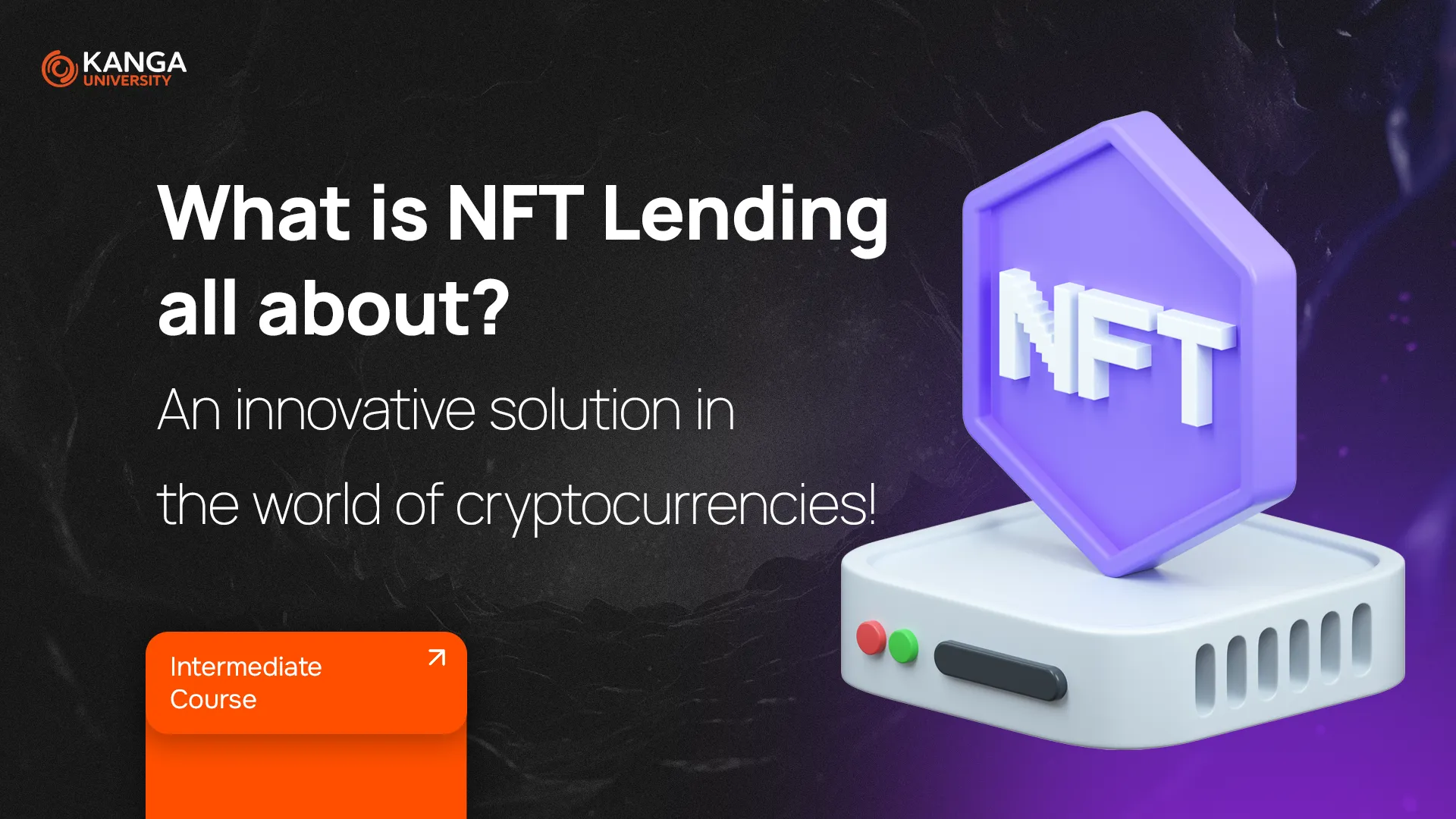
When people hear “NFT,” they usually think of digital art, rare collectibles, or gaming items. But NFTs are more than that—they’re becoming serious financial tools. One of the most exciting innovations in this space is NFT Lending.
What if you could make money from NFTs you don’t even own—or earn passive income by lending out the ones you do? Let’s dive into how NFT Lending works and why it’s something worth paying attention to.
What Is NFT Lending?
NFT Lending is exactly what it sounds like: lending your NFTs to someone else in exchange for a fee or a share of the profits. Instead of just holding onto your digital collectibles, you can let others use them for games, events, or creative projects—and earn money while you’re at it.
There are four main types of NFT Lending:
1. Peer-to-Peer Lending (P2P)
This is the classic setup: two users make a direct agreement. The NFT owner offers their token as collateral for a loan, based on its market value. If the borrower repays the loan on time, the NFT goes back to the owner. If not, the lender keeps the NFT—usually at a discounted value.
Popular platforms: NFTfi, Arcade, Blend
2. Peer-to-Protocol Lending
This works similarly to P2P but instead of borrowing from one person, users borrow from a liquidity pool. Think of it as an automated lending system managed by smart contracts.
If the borrower fails to repay the loan, the NFT is sold or claimed by the protocol.
3. NFT Rentals
Want to rent out your NFT temporarily—like a concert ticket or in-game item? With NFT Rentals, you can set a price and duration. The renter uses the NFT for a set time, and smart contracts ensure it automatically returns to you afterward.
4. Non-Fungible Debt Positions
This model allows you to lock your NFT as collateral in exchange for stablecoins like DAI. For example, in MakerDAO, your NFT needs to be worth at least 150% of the loan amount. If its value drops below that, the position gets liquidated and you pay a penalty.
Why Bother with NFT Lending?
NFT Lending isn’t just a cool idea—it has real financial benefits:
-
Earn passive income by lending out NFTs that would otherwise just sit in your wallet.
-
Boost the utility of your NFTs by letting others use them in meaningful ways.
-
Diversify your investment portfolio with a new kind of earning strategy.
-
Build community and increase visibility for your NFT projects.
-
Explore the future of how NFTs can function beyond collectibles.
Top NFT Lending Platforms to Know
NFTfi
Offers both peer-to-peer and peer-to-protocol lending. Users can negotiate terms or use liquidity pools, depending on their strategy.
Arcade
A peer-to-peer platform that automatically matches lenders with borrowers. Every loan is on-chain, and NFTs are securely held until the contract terms are met.
Nexo
A major DeFi player that supports NFT-backed loans. Notably, two CryptoPunks were once used to secure loans here.
Summary
NFT Lending is one of the most exciting developments in the crypto space. It’s a win-win: NFT owners get to earn money from their assets, and borrowers gain temporary access to exclusive tokens they otherwise couldn’t afford.
Whether you’re a creator, collector, or just curious about the future of digital assets—this is a trend worth watching. As the NFT ecosystem grows, so will opportunities like this.